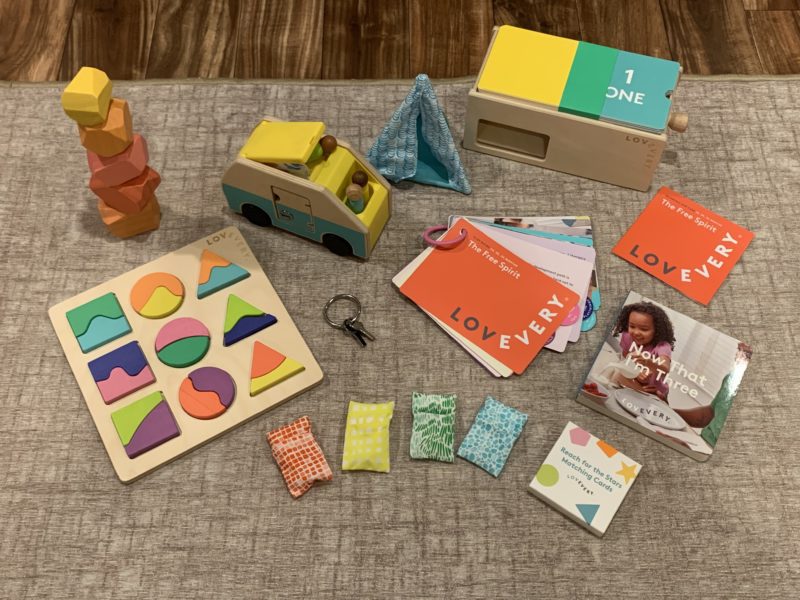
Kids are curious beings who love to explore and learn new things. Reading to children will expound their imagination and may even instill this habit in them. However, if you don’t foster a love of learning in kids, they may lose their curiosity when they get to adolescence.
Luckily, here are a few tips that may help maintain a child’s healthy attitude toward learning. All children begin with sheer joy, so build on that. Before incorporating these tips into an academic environment, you can check some helpful resources to keep your kids calm and comfortable.
Begin Early

Children thrive well in a warm, engaged, and responsive environment. Therefore, as parents, you have a vital role to play as the first teacher to your children throughout their early stages.
Begin by dedicating play and interaction hours with your child. This way, you’ll teach them different skills, including those needed for problem-solving, communicating, and others. The easiest way to do this is with a Lovevery Montessori Play Kit. Each play kit is designed for learning and helping your child’s development for every stage of their growth. Find the kit that works for your child’s age range and rest easy knowing it is designed by experts.
Lovevery takes great care to make their play guides easy to follow and useful. They help you make the most out of your play kit and help your child learn and grow.
Ask The Right Questions
As parents to inquisitive children, you get bombarded with many questions daily, so use this as a learning tool. You can turn this around and pose exciting questions to them as well to get their minds working and keep them busy figuring out answers.
These questions will also ignite conversations that may lead to other unexplored topics. Ensure that your questions are specific so they won’t have a hard time answering them. Remember that every correct answer means an extra boost to their confidence.
Read To Your Child Every Day

Apart from spending quality time with your child, reading to them also improves their cognitive skills. It’s highly advisable to get books to read to your child when they’re still young so you can help them comprehend what they see, hear, and read.
Children who grow up listening to their parents read to them acquire language, communication, and social and literacy skills. These skills are vital in a child’s learning vocabulary and language.
In addition, regular reading time will teach them discipline and concentration, which they may continue to practice later in their learning. A parent reading to a child is most often associated with pleasure, so it adds to the bond they already have.
Incorporate Hobbies Into Learning
Nurturing a child’s interest can be achieved when they’re invested in learning areas that are relevant to their lives. Thus, try fostering their curiosity by offering a fresh take on a subject that perks their interest. For example, if a child likes puzzles, have the entire family build puzzles for a day. This is a way to support your kid’s interest while homeschooling; this also means well-spent extra hours for family bonding.
Include Soft Skills
Introducing soft skills is vital in childhood development. These may include manners, listening, communications, and building a rapport.
Involving your kids in different challenges will help build their problem-solving skills. Likewise, by teaching them self-control, you’ll have them see both sides in situations that they would have otherwise seen as complicated.
Encourage Their Independence
Nurturing your child’s love for learning includes encouraging independence during the process. A child’s independence should be fostered at an early age. Doing so will also develop his courage and determination along the way.
Start following their lead to see what they’re up to. Parents love to ensure that their children are heading in the right direction while making minimal mistakes. However, allow them to fail without the fear of shame. When your child is unable to complete a task, try encouraging him by highlighting the positive side of their work. Simple words of encouragement always soothe hurt feelings.
Introduce Different Learning Styles
Parents already know their kids’ likes, dislikes, habits, and preferences at an early age. With this, it’s easier to understand their specific way of thinking to make the learning process more accessible and fun.
Be familiar with learning styles, including auditory, visual, and kinesthetic. For instance, some learners can easily read maps, graphs, and are excellent in geometry. Once you identify your child’s learning style, include this pointer in his learning routine and continue monitoring until he reaches his full potential.

Bottom Line
Parents want the best for their children. Moreover, raising kids who love and enjoy learning is not an easy task, but it’s a critical aspect of their development so they’ll grow up wanting to know more about life.
We live in a constantly changing world, but with proper guidance, you can help your child love learning by starting them early.



